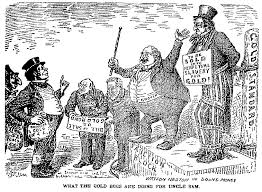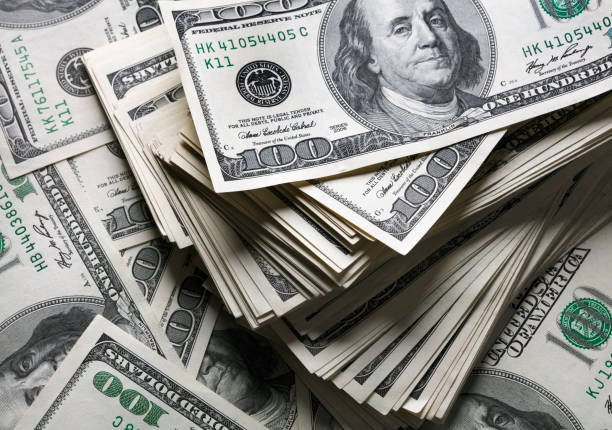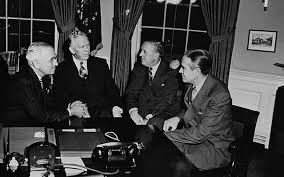The final collapse of the silver standard as China shifted to fiat currency in 1935

By 1935, the silver standard, which had defined China’s monetary system for centuries, was in crisis. While most major economies had already abandoned silver-backed currencies in favor of gold or fiat money, China remained the last major nation still using…





